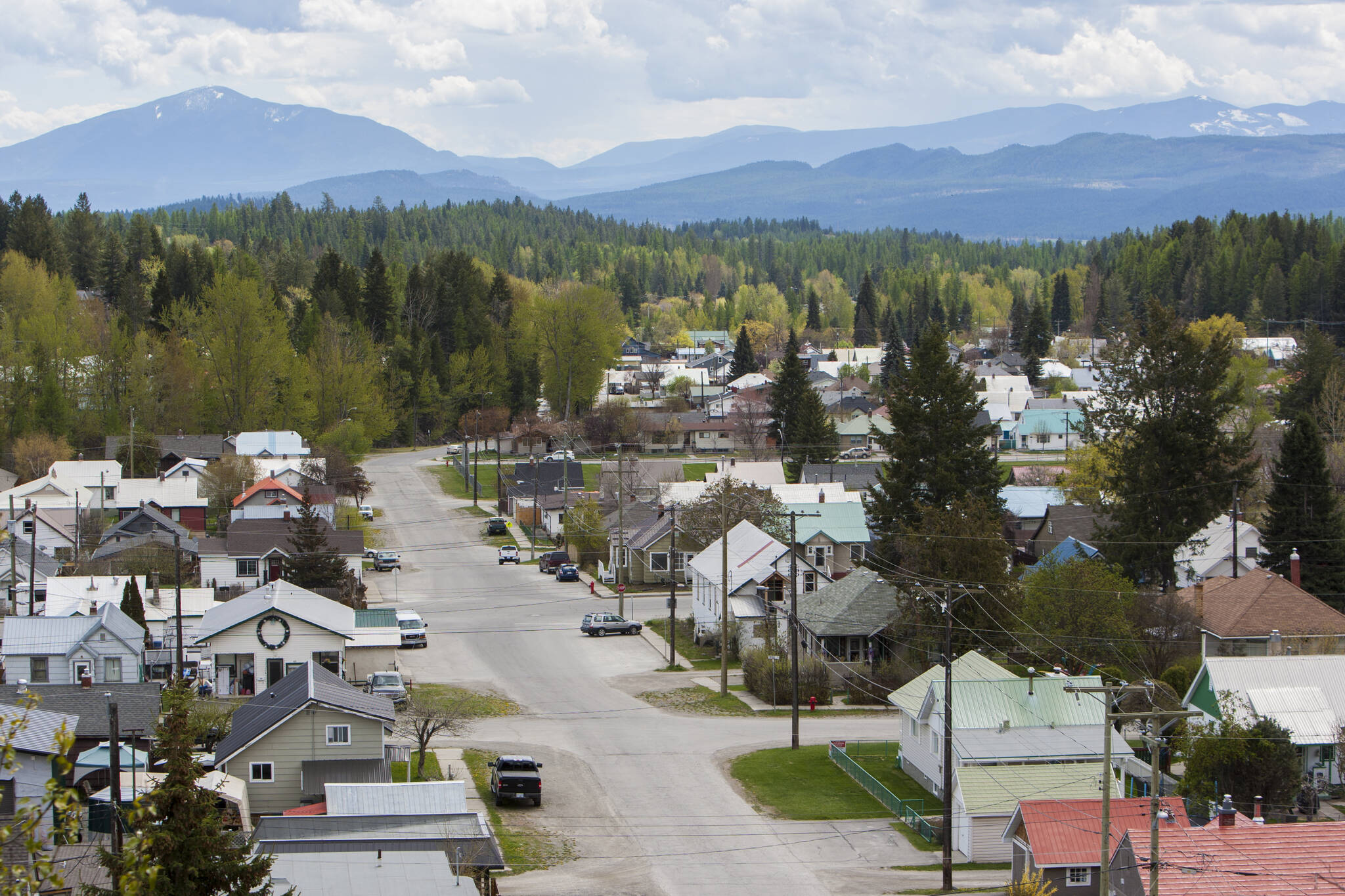The president of the association representing municipalities across B.C. warns of “unintended consequences” after the provincial government tabled new housing legislation increasing density on certain types of lots.
Union of British Columbia Municipalities President and Coquitlam city councillor Trish Mandewo made this comment after the provincial government tabled legislation that allows developers to start building a minimum of three and up to six units on lots currently zoned for single-family homes and duplexes. The new regulations affect municipalities with more than 5,000 people and come into effect July 1.
The so-called small-scale, multi-unit (SSMU) housing legislation tries to create what experts call missing-middle housing: housing that is more dense than single-family housing, but less dense than multi-storied condominium buildings.
Developers would be able to build three units on lots below 280 square-metres, four units on lots larger than 280 square-metres. Municipalities must allow at least six units on lots above 280 square-metres if they are located near frequent transit routes.
The legislation echos similar legislation from New Zealand and means local governments can no longer exclusively zone neighbourhoods for single-family lots. The B.C. government predicts it could create 130,000 new units over the next decade.
The legislation also legalizes secondary suites and lane-way homes across the province and promises to streamline the zoning process.
RELATED: New housing legislation promises to create 130,000 homes in B.C. in 10 years
“There is an undeniable need for more housing in B.C., and our members broadly support the (province’s) efforts to increase housing supply,” Mandewo said. “Many of the legislative changes introduced this fall are in line with things our members have asked for, like transit-oriented development and changes to the amenity contribution policy.”
But Mandewo tempered her praise with reference to available resources.
“Notwithstanding, local governments are dealing with real constraints right now in our staffing capacity and sustainable infrastructure,” Mandewo said.
“It is inevitable that there will be unintended consequences from a centralized planning approach and we are listening closely to our members as they sift through the implications of this legislation for their communities,” she said.
Housing Minister Ravi Kahlon has acknowledged future additional pressures on infrastructure, but noted that increasing the housing supply and upgrading urban infrastructure have to happen at the same time.
That is why government has made infrastructure grants worth $1 billion available to municipalities, he said. He also pointed to additional investments in transit that will help municipalities provide the necessary services as well as $51 million to help municipalities with the administrative changes that will accompany the new legislation.
@wolfgangdepner
wolfgang.depner@blackpress.ca
Like us on Facebook and follow us on Twitter.

